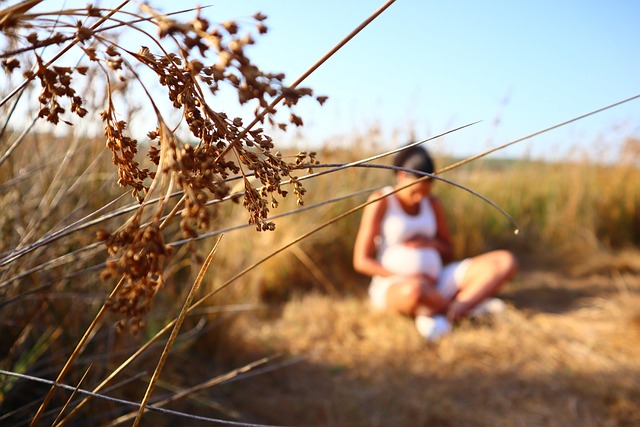Growing up in the quaint fishing village of Killybegs on Ireland’s northwest coast, I was the second of five boys in my family. My mother, eager for me to start my education, sent me off to school on my 4th birthday. By 12, I was following my older brother to boarding school, marking the beginning of my independence. At just 17, I embarked on my university journey in Limerick, majoring in Biology and Agricultural Science while also earning a teaching credential.
During my university years, I developed a fascination with marine biology. I spent two summers interning, studying the biology and population dynamics of fish in Irish ports. While the work was captivating, I soon realized that opportunities in marine biology were limited, prompting me to broaden my horizons. After graduation, I sought teaching and lab jobs, but nothing seemed to ignite my passion.
In the spring of 1988, I took a leap of faith and moved to London. I applied for an embryologist position, despite lacking qualifications or a clear understanding of the role. To my surprise, Professor Samuel Winston, who is now a well-known figure in the UK, interviewed me and offered me a chance to dive into the world of embryology just a week later at Hammersmith Hospital.
I was fortunate to work alongside Dr. Nina Wilson, my mentor and the senior embryologist. At that time, IVF was still in its infancy, only a decade after the birth of the world’s first IVF baby, Louise Brown. We were pioneers in a bustling IVF facility, navigating the complexities of reproductive medicine without the advanced tools we have today.
During my early days, I assisted with late-night and early-morning oocyte retrievals, adapting to the unpredictable nature of patient cycles. The laboratory buzzed with innovation, and I had the privilege of being part of groundbreaking work on preimplantation genetic diagnosis (PGD). I vividly remember the nerves of performing embryo transfers for women with genetic conditions—an experience that laid the groundwork for advancements in IVF now available globally.
In 1991, my career took another turn when I joined forces with Professor Henry Leese from the University of York for research on human embryo metabolism. Under his guidance, I pursued my PhD at the University of London, completing it in 1994. Shortly after, I transitioned to San Francisco in January 1995 to lead the IVF Program at UCSF, where I continued to work alongside brilliant colleagues.
In late 1999, I embraced a new opportunity as the lab director at a burgeoning fertility center, excited to collaborate with like-minded professionals. My decade-long journey here has been incredibly fulfilling—I’ve had the pleasure of working with skilled embryologists and witnessing our lab evolve into one of the most advanced in the world.
Among our proudest achievements is the implementation of embryo and oocyte vitrification as standard practice. Ten years ago, our methods involved slow freezing, which resulted in only about 70% embryo survival. However, with the introduction of vitrification, we saw remarkable improvements and have since developed robust fertility preservation programs for individuals facing various challenges.
When I’m not immersed in the lab, I teach a “Reproductive Technologies” course at San Francisco State University. I’ve made my home in this vibrant city, where I met my wonderful wife, Sarah, a former high school biotechnology teacher. Together, we raise our three kids: 14-year-old Max, 11-year-old Emily, and 6-year-old Zoe. As an Irishman, I would love to have more kids, but as my wife wisely reminds me, we are incredibly fortunate.
I envision a future where emerging technologies can help every IVF patient achieve their dreams of parenthood. With over 25 years of development, we’ve made remarkable strides, and countless patients are already realizing their hopes.
For more engaging reads, check out our blog post about summer books for your little one. If you’re exploring options for at-home insemination, you might find the information on this artificial insemination kit helpful. Additionally, for those curious about the success rates of IUI, this resource on pregnancy is an excellent read.
Summary
John Connors, the passionate Lab Director, has an inspiring journey from a small Irish town to leading innovative fertility treatments in San Francisco. His commitment to advancing reproductive technologies has significantly impacted countless families, and he continues to educate the next generation of fertility specialists.

